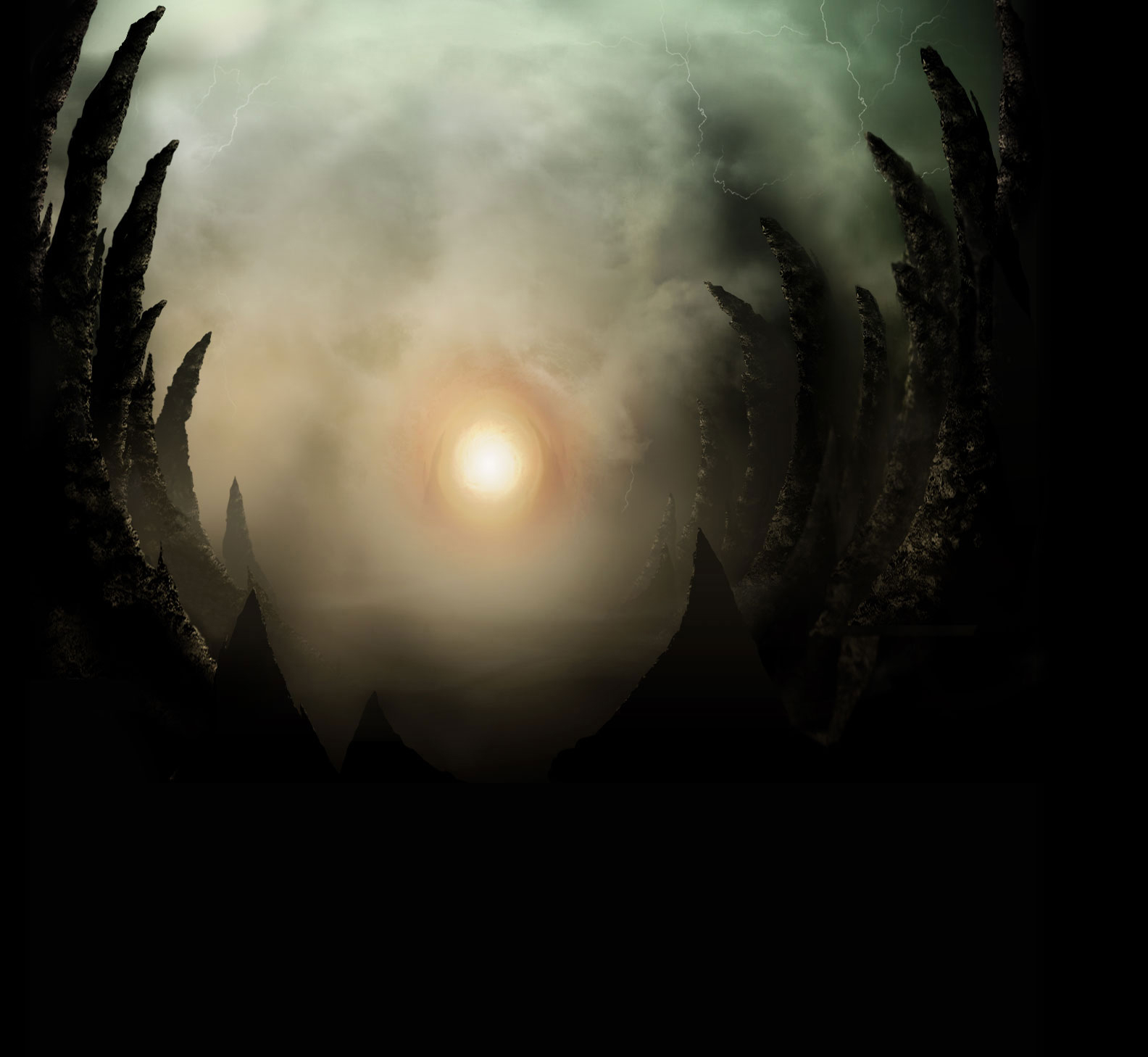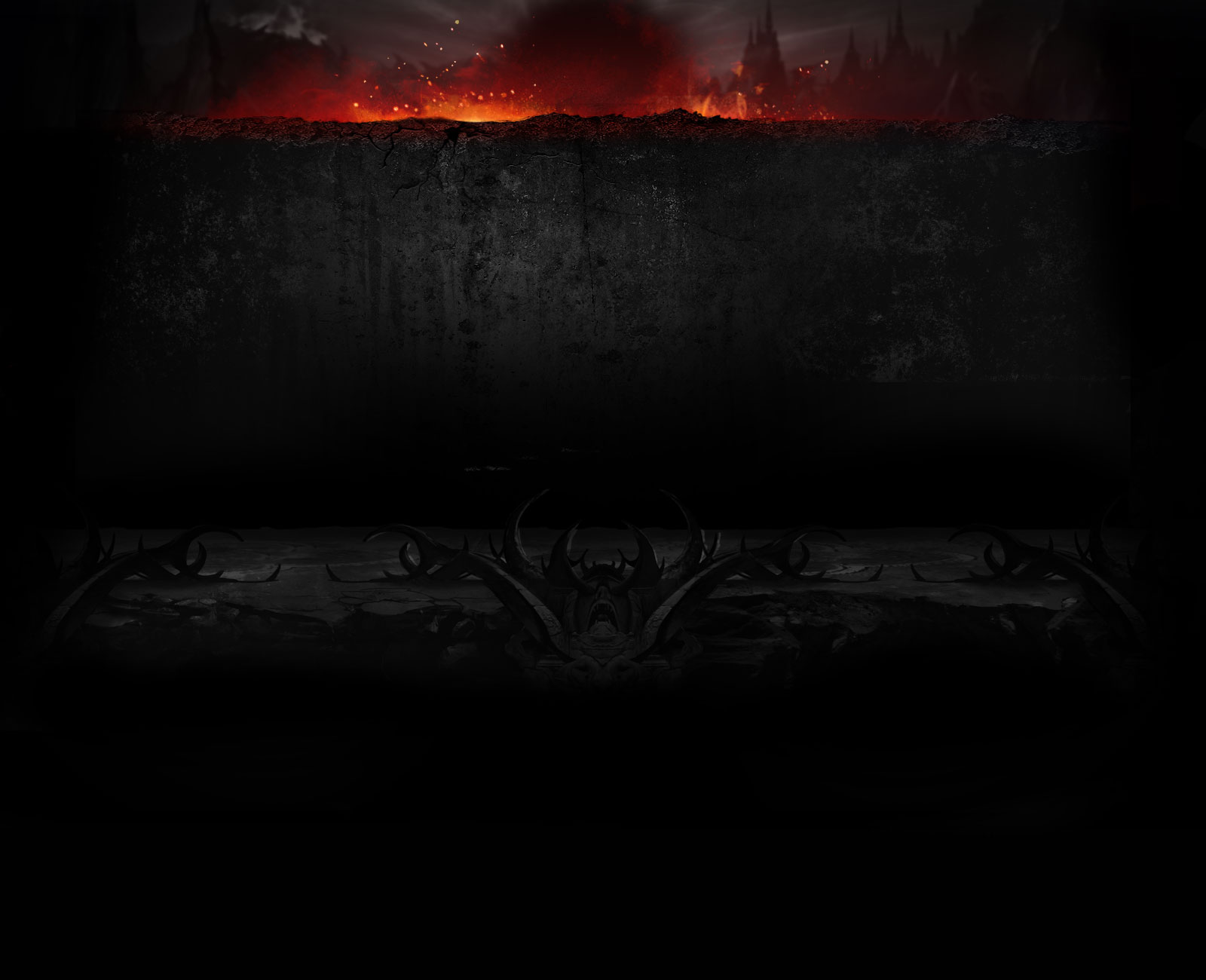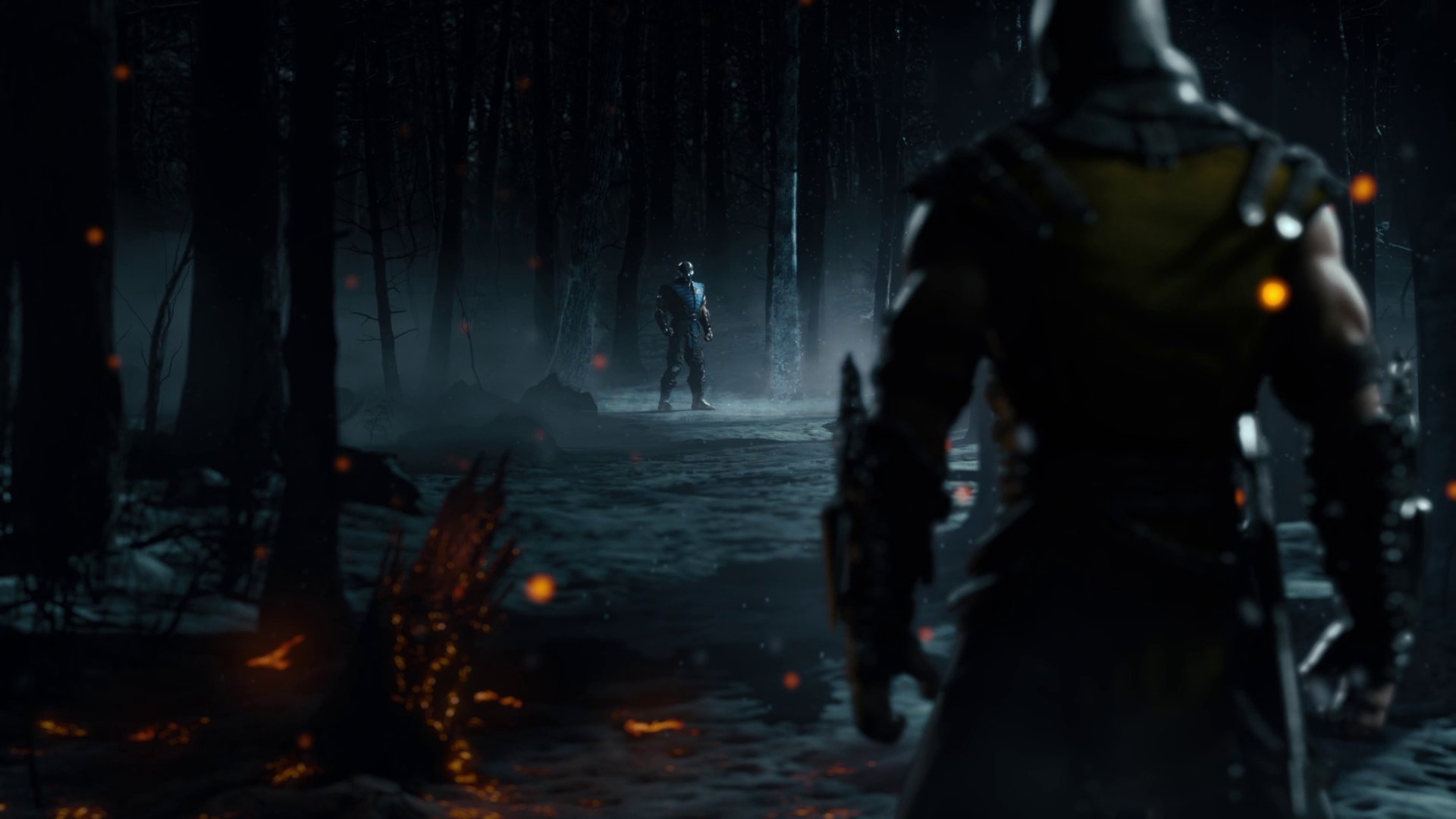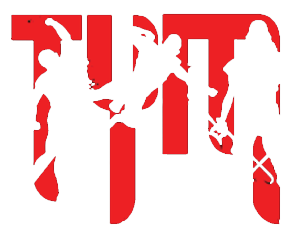Didn't wanna delve into this cesspool of bickering and so-so information.
But I think one of the biggest things, if not biggest thing that separates the block button from B2B, is that it makes blocking an active commitment. Of course the technical aspects of a block button are what they are. No proximity option selects, not dealing with the crazy moves that were never designed to be react-able from a pure left right perspective, etc... These are things anyone who spends 5 minutes with the game can figure out.
The OP isn't asking the "how" it works, because I'm pretty sure he knows, we all do. He's asking the "Why" it works. The why it came to be. The why do we like it? The what makes it intrinsically better or worse than back to block. There's no answer as to what's better, it's a preference. There are good-great games with block buttons, b2b. There are terrible games with block buttons and b2b.
The how it came to be is simple, because Ed Boon and John Tobias made it so. Conceptually, MK isn't a defensive game. Blocking isn't "encouraged" to use an old MK1-3 literary parlance. It isn't something in relation to a street fighter or tekken or any other game with a B2B that you can do passively.
There are no circumstances where you can actively apply pressure in MK whilst simultaneously remaining safe by activating a block. There is no way to do this. (Following a fireball, homing missle, bomb trap is different) There are pressure strings that can be stopped anytime with the action of blocking, (Nomad Dash, Reptile Elbow dash, whatever the hell Skarlet does) but these are actions, that one has to chose and commit to, thusly stopping said pressure.
Whereas Street Fighter and tekken (to a degree) have coding built into them that select the proper option for you. There are inputs you can, well, input, that will either complete an offensive action for you if your opponent is doing an action that isn't blocking OR block for you, all at the same time. In Tekken not touching a button or directional at all in neutral will register a stand block for you. There is a way to buffer parries for certain characters but inputing down+back to neutral to down+back that will essentially low block (possibly high block) and or parry for you all at once, depending on your proximity and opponents offensive actions.
I've played literally dozens of fighting game franchises in my lifetime, I don't have a problem with any of these mechanics, because they are just that, mechanics. They help to make games unique. If you balance it right, it will be good. The end. Like someone has mentioned, Guilty Gear is a game with a mountains worth of offensive options, because it has a mountains worth of defensive options. Some more optimal than others for certain situations, but that's the way it should be.
In MK, and this might just be a personal thing, but the commitment is everything. What MK lacks in idk perhaps the more layered (bullshit) mixups, what it does have is the commitment, to offense or to defense. Outside of the occasional tricky high low, everything in MK is pretty react-able. There has never been anywhere even close to a batgirl bola 111 50/50 in MK. In some cases the fuzzy blocking window is so lenient that if you registered a high block of an overhead attack during block stun, that when the move became active you could appear crouching without actually getting hit.
In MK if you get hit, it's because YOU GOT HIT. It's because YOU as the player decided to not block at the moment you got hit. You either a) walked into or out of a sub optimal range or b) decided to go on the offense, and were punished for it, outspaced, slower active frames, poor recovery frames, etc. Blocks register within a frame, so theres is very little wiggle room in terms of "I swear I blocked that" "how do you even block that?" wailings you hear in other games. Blocks out-prioritize every button (switch stance?). You did it or you didn't. It's a decision, you either make or don't make. There are no marvel-esque "guesses" It is not an ambiguous glitch. It is not a set play massacre.
In the same vein, while we don't have in terms of defensive options some things other games do like mashing reversals out of blockstun, slashbacks, alpha counters, 2 frame command grabs, assists, tags etc
What we DO HAVE, is the counter poke. As highlighted before, THIS is what separates the winners and losers at the highest levels. Knowledge of strings, gaps, attack heights, opponents tendencies, frames and the whole nine are what goes into making these high level reads with a strategic down 1s, 3s, and 4s (maybe even uppercuts if you're feeling frisky). Since what MKII, if not further back, this is what could separate one from being able to take back control, give ones self some space, or die a blocking death. (Shock vs. Anyone in UMK3 or trilogy is a good example of this . . . or any high level MK9 tournament play)
To be able to counter poke, is to stop blocking, entirely. It is a decision, it is sacrificing the benefits and cons of one option for the benefits and cons of another. The overlap is minimal. It is the difference.
Lastly, and I'm surprised this hasn't been emphasized more, but in a game where chip damage can quickly turn into real damage, and a high level Johnny Cage can kill you without ever actually landing a hit, it doesn't make blocking the default right answer. It can become very fucking suboptimal in some situations, whereas in some fighting games b2b can cover alot of bases for you. It puts an emphasis on a very specific kind of spacing that can still leave you at alot of risk. It's the decision you have to make. It's THE DECISION.
. . . and not blocking leads to babalities. And babalities are awesome and all we should play for. "Get babied Bro" -
@R.E.O.




